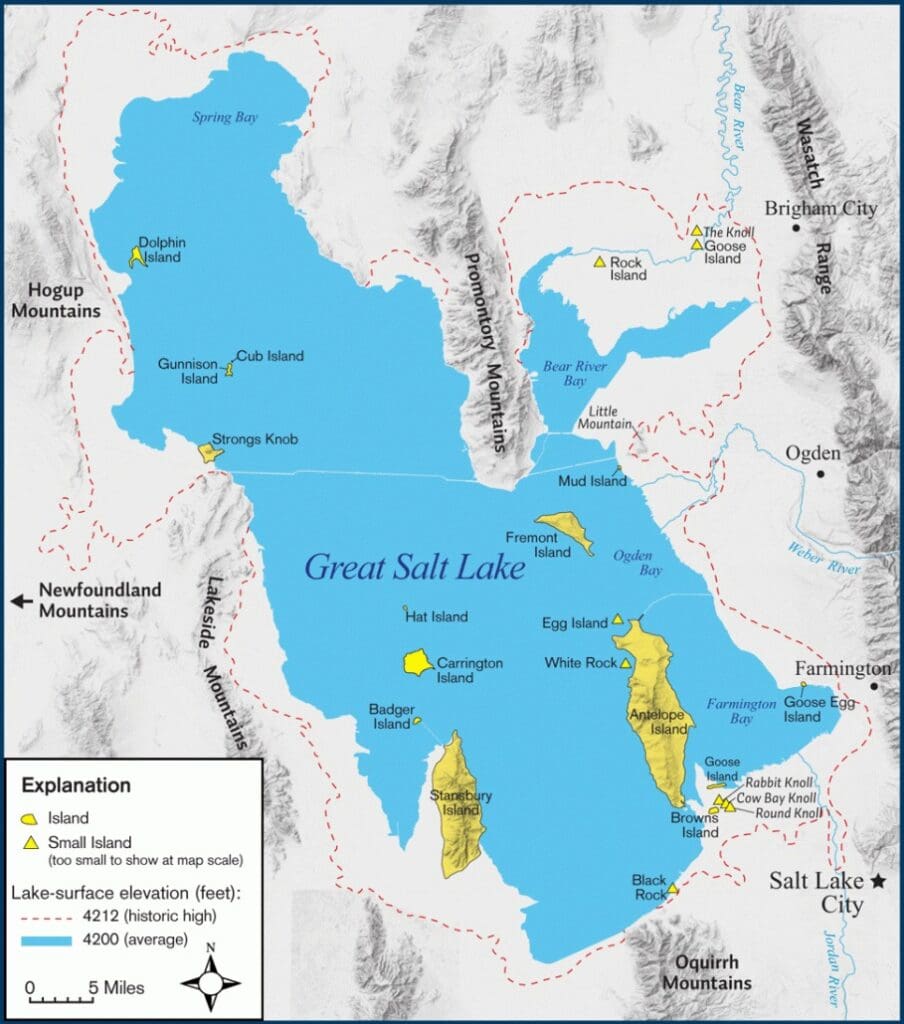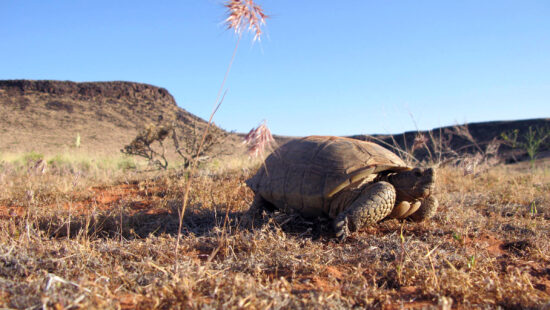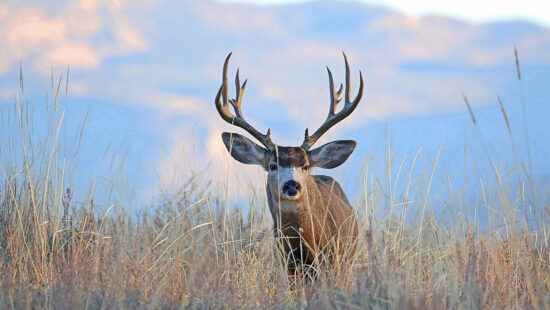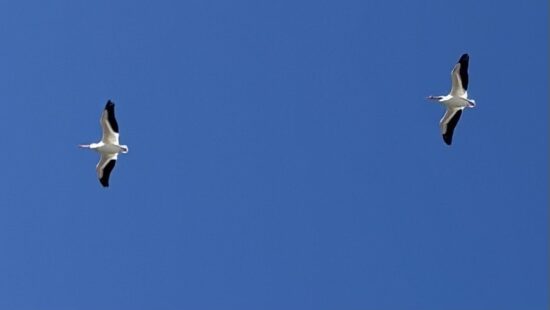Environment
Pelicans nesting on Hat Island on the Great Salt Lake for first time since 1943
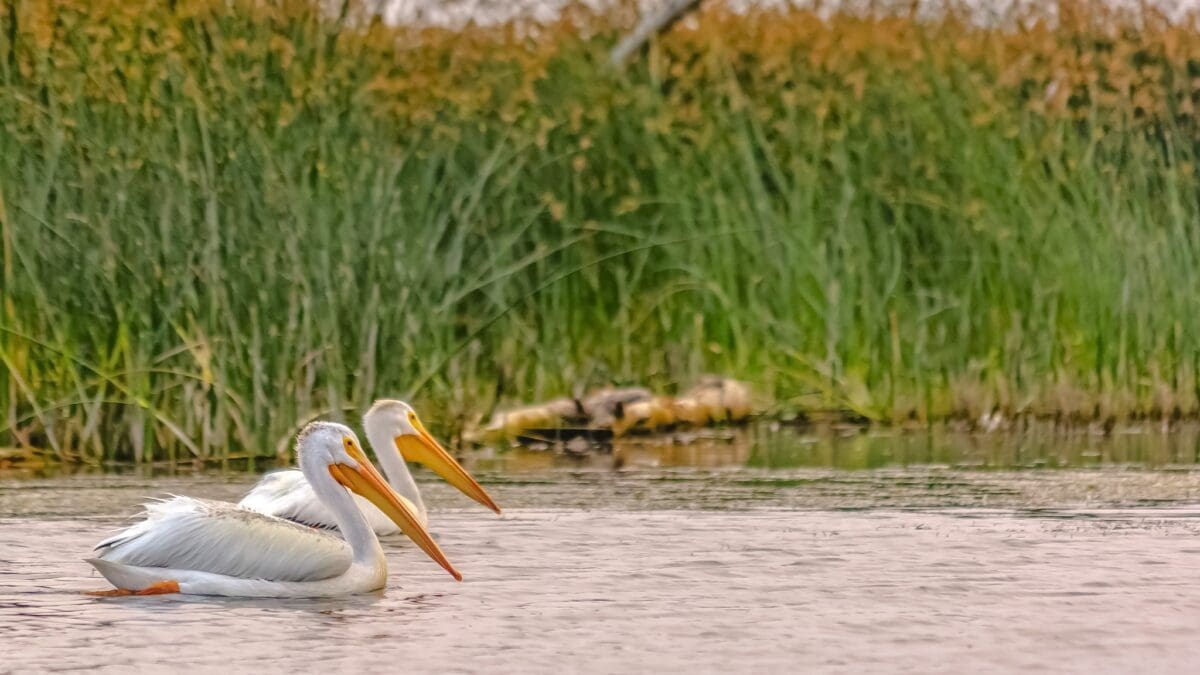
Photo: Pelicans are nesting on Hat Island in the Great Salt Lake for the first time since 1943.
SALT LAKE CITY, Utah – Biologists with Utah Division of Wildlife Resources have confirmed pelicans are nesting on Hat Island in the Great Salt Lake for the first time since 1943.
After American white pelicans abandoned their nesting colony on Gunnison Island (another island in Great Salt Lake) last year, DWR officials were excited to see the birds returning to nest there this spring, as well as at nearby Hat Island.
Due to low water levels, neither island has actually been an “island” for many years, and predators like coyotes have gained access to the islands via land bridges. Because pelicans are extremely susceptible to disturbances while nesting, eventually the birds stopped nesting at Hat Island — with the last confirmed reports of nesting there in 1943 — and biologists believe they abandoned the Gunnison Island nesting colony last year due to repeated disturbances from predators.
Hat and Gunnison islands are both owned by the DWR and are designated as wildlife management areas, primarily serving as protected bird rookeries. Both islands have served as important nesting areas for migrating American white pelicans throughout the years because of the isolation and protection they offer the nesting birds. Because pelicans are so susceptible to disturbances, the islands are closed to visitors. It is illegal for people to go within one mile of the islands by land, air or water.
“Unfortunately, both Hat Island and Gunnison Island are still accessible to land-based disturbance, even though lake levels are currently rising,” DWR Great Salt Lake Ecosystem Program Wildlife Biologist John Neill said. “The threat of nesting colony abandonment will continue to persist as long as the islands aren’t surrounded by water. Another factor is the amount of water in the two nearby freshwater bays: Bear River Bay and Farmington Bay. These two locations are where most of the nesting pelicans find food and water. When we have good runoff years, there are a lot more fish available in these areas, due to the increase in water and foraging habitat for pelicans.”
In addition to monitoring the populations of the pelicans that use the islands, the DWR also tracks their migration through periodic efforts of placing transmitters and bands on the birds. The pelicans typically stay at the Great Salt Lake from April to September and then migrate south for the winter. The pelicans often migrate between Texas and California, but have also been known to migrate as far as southern Mexico.
